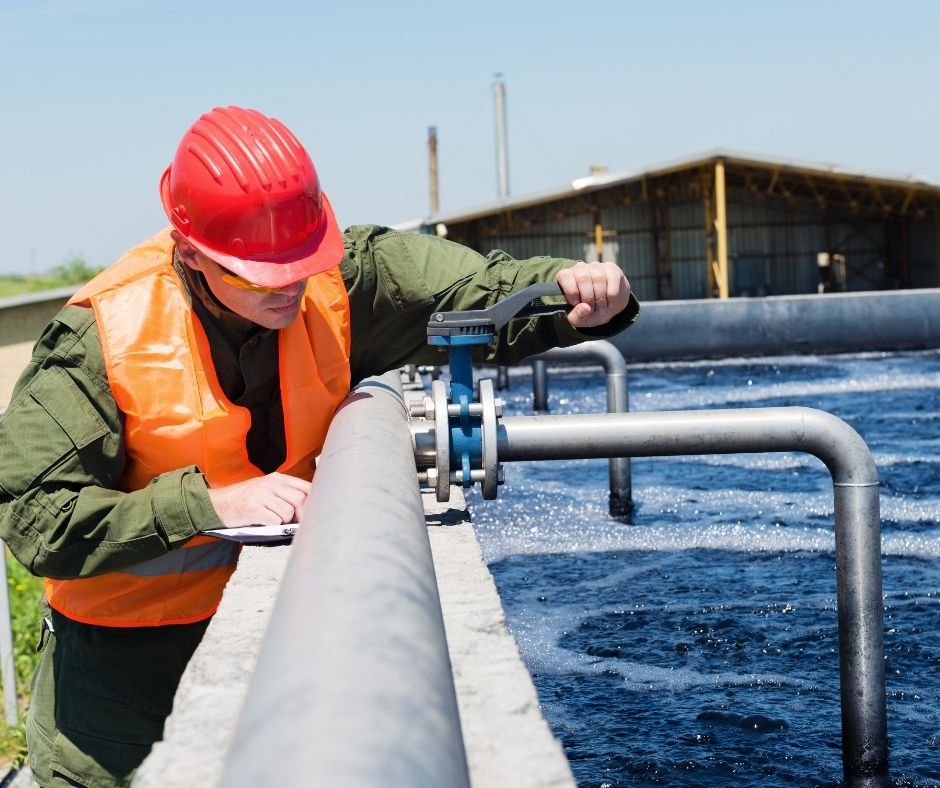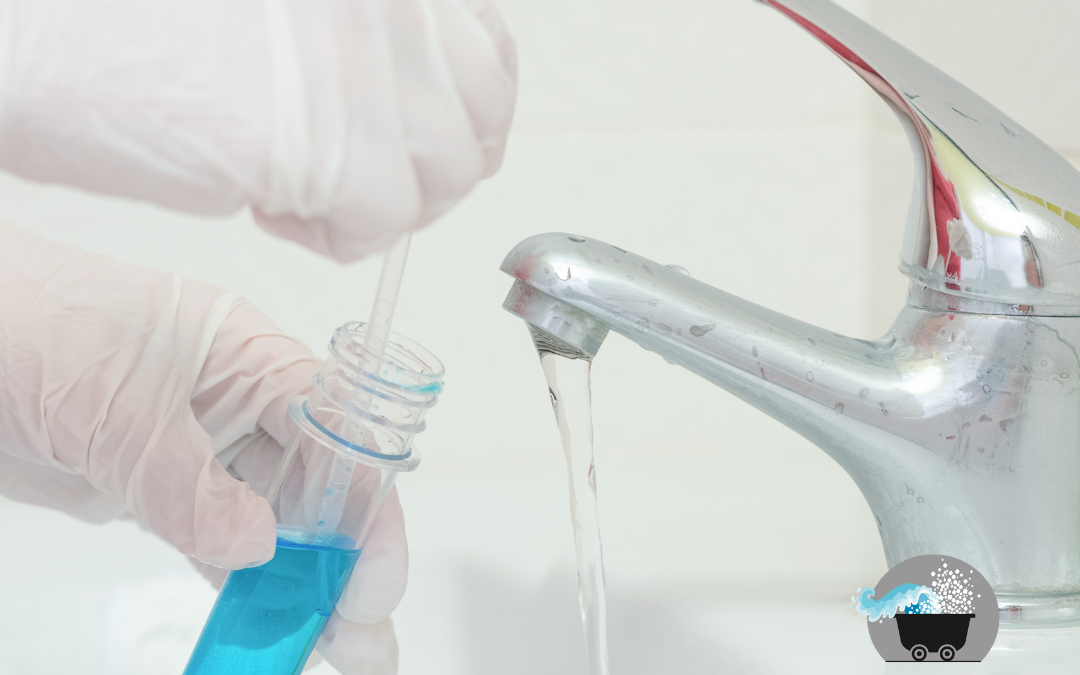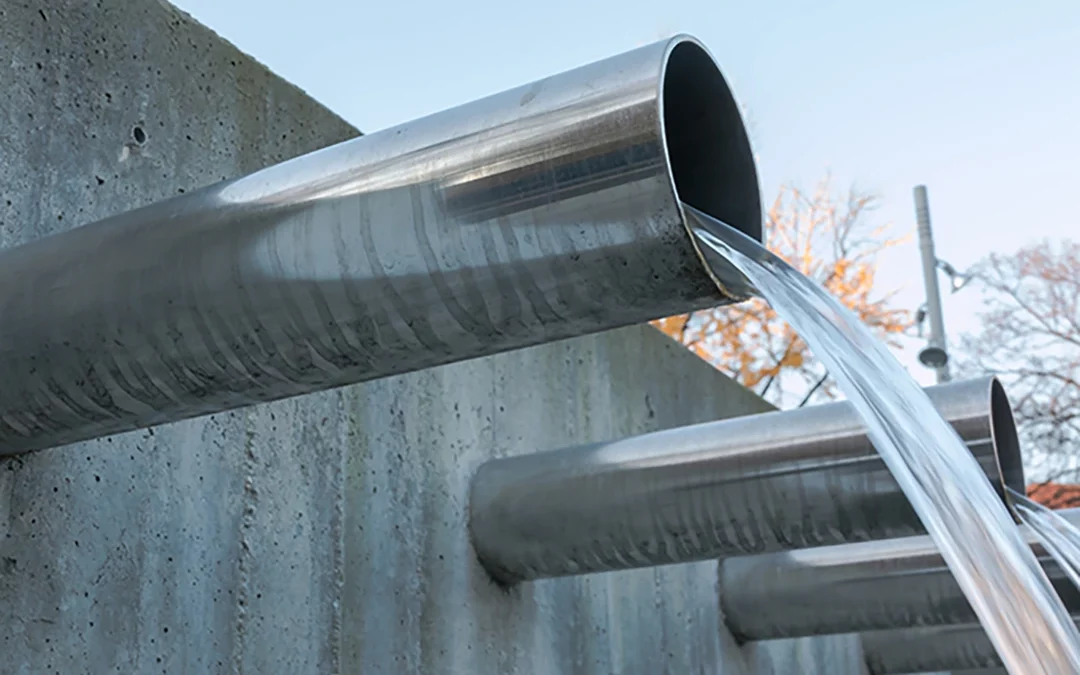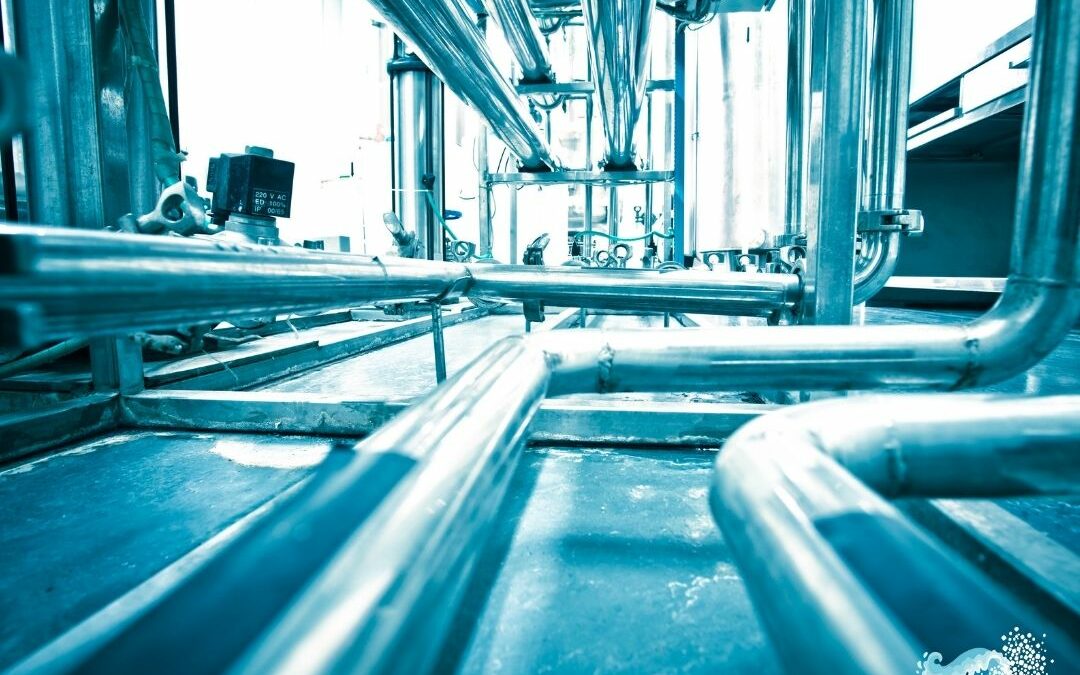In recent years, the topic of salt brine and how it affects the environment has become increasingly important to water treatment experts and environmentalists alike. Where does excess salt come from and why is it such a problem? We’ll take a look at the answers to these questions and then provide a solution that’s cost-effective AND good for the environment.
Industries That Create Excessive Salt Brine
While salt pollution can come from something as simple as a residential water softener, the culprits with the biggest environmental impact are industries that use high purity water. This often results in a salt brine left over. Here are some of the most common sources of industrial salt brine:
- Desalination Plants: In areas where fresh water supplies are limited, desalination plants are utilized to separate the salt from seawater or brine. This leaves two solutions behind. One is safe for human consumption and the other is a highly concentrated brine.
- Textile Industries: Textile manufacturing is known for using large volumes of high quality water. In order to purify the existing water source, it’s typically run through a commercial water softener to remove hard minerals. The regeneration process of salt-based water softeners leaves behind a highly concentrated salt brine.
- Food Preservation: Salt has long been used as a way to preserve food and the practice continues today. However, food preservation in modern times has increased significantly in scale. A large quantity of salt is needed to create a preserving effect in foods such as pickles. It’s also used for flavoring in processing of nuts and other salted foods. In either case, a highly concentrated salt brine remains after food processing.
- Leather Tanning: The process of tanning animal skins requires the use of a variety of chemicals, including several different salts. While these chemicals are useful in softening, conditioning, and drying the skin, there are dissolved salts left over in the effluent. In order to minimize negative environmental effects, the salt must be removed before discharging the effluent into sewers or public water sources.
Why Is Salt Brine Harmful to the Environment?
If plants and animals can live in seawater, what’s the problem with excess salt being discharged into the environment? The simple answer is that ecosystems exist with a very delicate balance. A concentrated salt brine discharged into the ocean, for example, can kill plants and sealife, simply because the salt concentration is too high and the natural balance is disrupted.
Other negative impacts of salt pollution include:
- Stunted plant growth
- Polluted drinking water
- Change in soil permeability
- Slow flowing septic system leach fields
- Death of plants or animals
An Eco-friendly Salt Management Solution
Most water treatment experts agree that effective salt management is critical for protecting the environment. What they don’t agree on is the best way to do this, especially since the process can be expensive.
The Salt Miner offers an environmentally-friendly salt management solution. How does it work? In simple terms, it’s a device that can be installed on any water softener or other equipment that produces salt brine. It sits between the unit itself and the drain, effectively ‘mining’ the salt out of the brine before it’s discharged into the environment. The leftover salt can then be recycled or disposed of in an environmentally-friendly manner.
To learn more about how the Salt Miner works, or to make an investment into our water resources for the future, simply contact us today!





